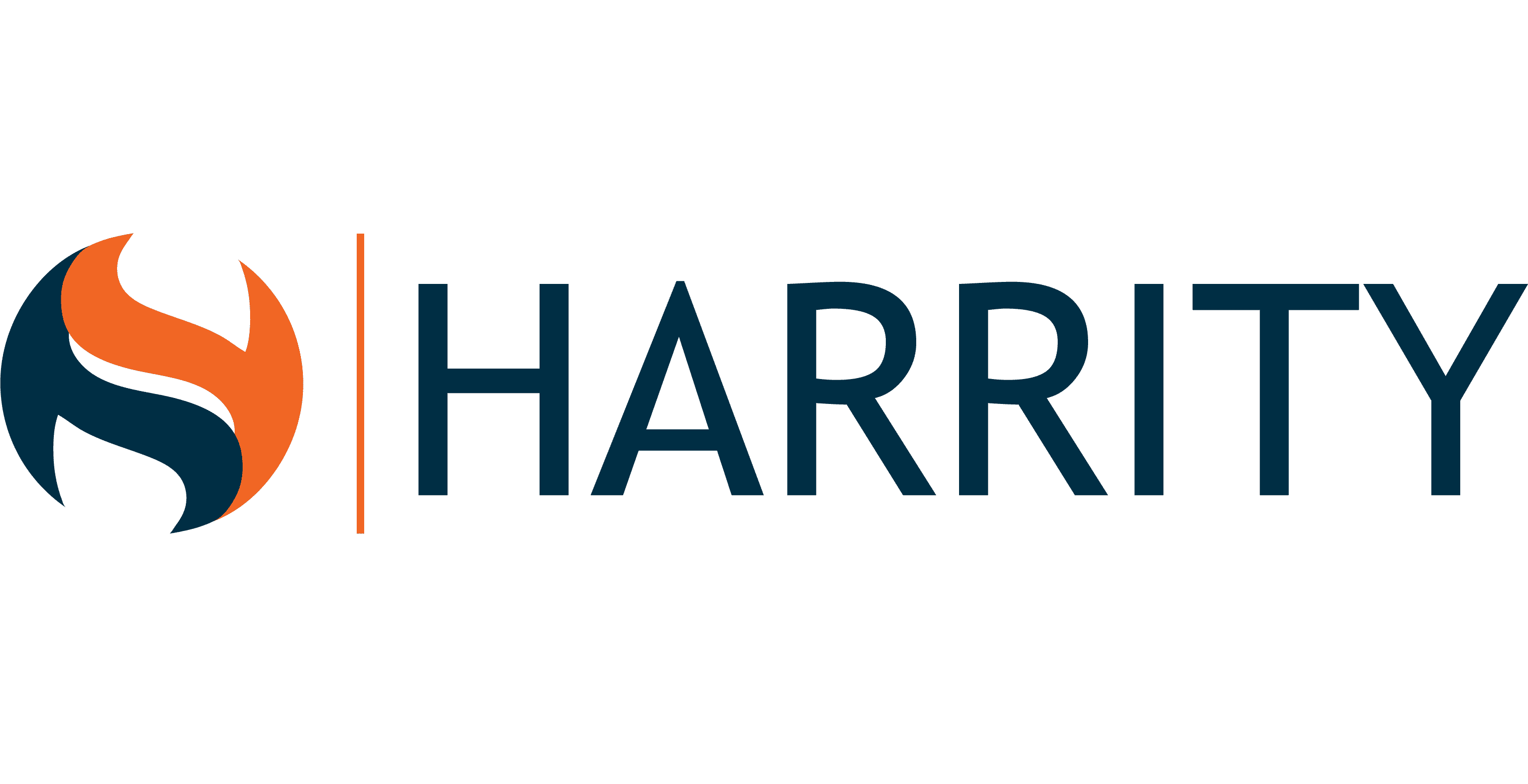Statements in Specification May Harm Patent Eligibility
By Matthew Allen, Associate
The Federal Circuit recently issued a decision that indicates how certain types of statements, made in an Applicant’s own specification, can undermine patent eligibility. Specifically, in Solutran Inc. v. Elavon, Inc., U.S. Bancorp, 2019-1345, (Fed. Cir. Jul. 30, 2019) (“Solutran”), the Federal Circuit highlights how patent eligibility under 35 U.S.C. §101 might turn based on a specification’s background information and statements regarding proposed advancements, or benefits, of an invention .
At issue in Solutran is claim 1 of U.S. Patent No. 8,311,945 (’945 patent), which recites:
A method for processing paper checks, comprising:
a) electronically receiving a data file containing data captured at a merchant s point of purchase, said data including an amount of a transaction associated with MICR information for each paper check, and said data file not including images of said checks;
b) after step a), crediting an account for the merchant;
c) after step b), receiving said paper checks and scanning said checks with a digital image scanner thereby creating digital images of said checks and, for each said check, associating said digital image with said check s MICR information; and
d) comparing by a computer said digital images, with said data in the data file to find matches.
When analyzing the claim under part one of the Supreme Court’s Alice test, the Federal Circuit determined that claim 1 was “directed to the abstract idea of crediting a merchant’s account as early as possible while electronically processing a check.” In making its determination, the court examined the purported benefits of the ‘945 patent. Two benefits were identified in the specification: “improved funds availability,” and “outsourcing.” However, the court noted that while two benefits were identified in the specification, the claims were not limited to an embodiment that resulted in both benefits, stating that “[t]he only advance recited in the asserted claims is thus crediting the merchant’s account before the paper check is scanned.” In other words, because the claims did not include features that required “outsourcing,” the court considered the only relevant benefit to be “improved funds availability.”
The court determined that the claimed advance (“improved funds availability”) was similar to abstract concepts such as “hedging” and “mitigating settlement risk,” and that “[t]he desire to credit a merchant’s account as soon as possible is an equally long standing commercial practice.” Thus, the Federal Circuit used the purported advance of the ‘945 patent, as indicated in the specification and supported by the claims, in determining that claim 1 was directed to an abstract idea. The court also noted that its characterization of claim 1 was appropriate where “the abstract idea tracks the claim language and accurately captures what the patent asserts to be the ‘focus of the claimed advance over the prior art.’” This further signifies the importance the court placed on the alleged benefits of the application.
When addressing step two of the Alice test, the Federal Circuit used the background of the ‘945 patent against the patentee by stating that “the background of the ’945 patent describes each individual step in claim 1 as being conventional. Reordering the steps so that account crediting occurs before check scanning (as opposed to the other way around) represents the abstract idea in the claim, making it insufficient to constitute an inventive concept.” In other words, simply re-ordering admittedly known steps will not constitute an inventive concept for purposes of step two of the Alice test. Thus, the court used the applicant’s own statements in the specification, indicating that certain steps are conventional, to find that the claim was not patent eligible.
This decision provides important lessons about drafting and prosecuting a patent application that may increase the application’s likelihood to survive a §101 challenge. First, practitioners should make sure that benefits identified in a patent application are exhibited in the claimed embodiments. The identified benefits should ideally be clearly technical. Second, practitioners should ensure that the patent application does not include any statements that might be used to argue against the patent eligibility of the claims. This may include considering whether a detailed background may do more harm than good.

